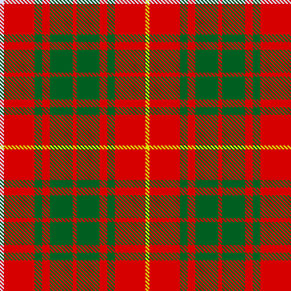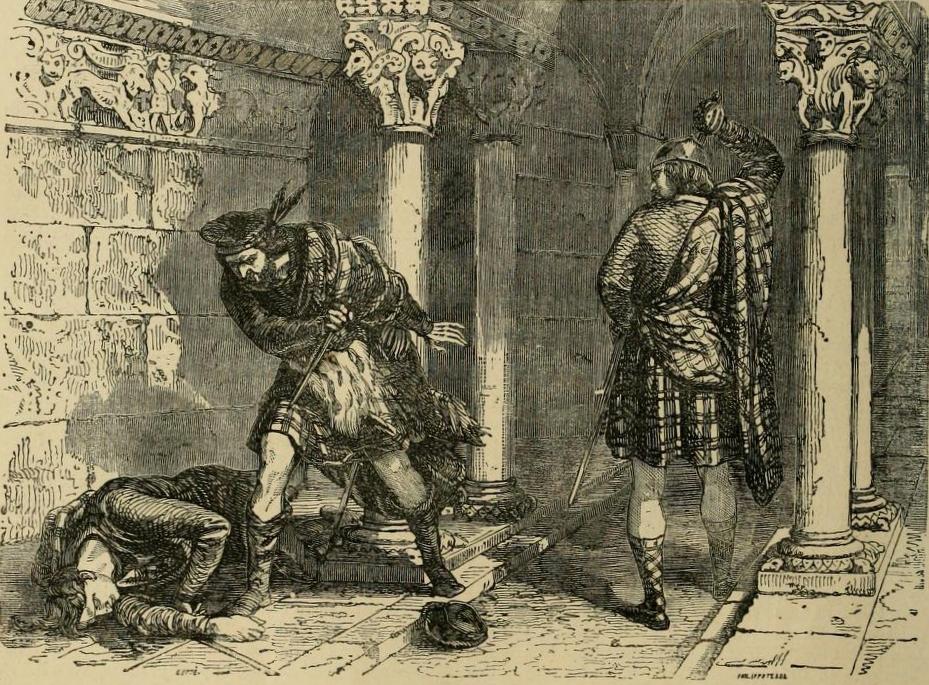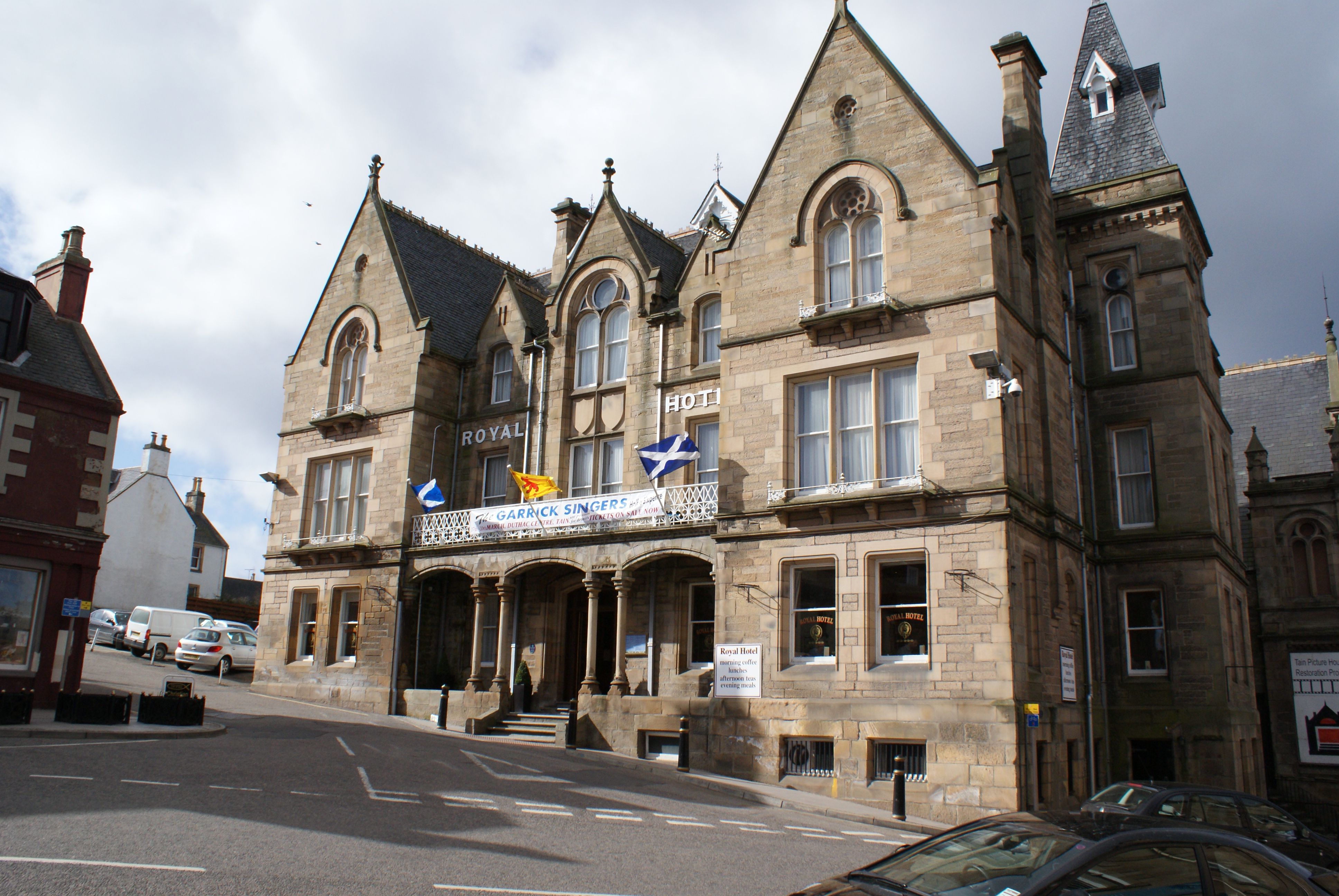|
Neil Bruce
Neil de Brus (c. 1279 – September 1306), also Niall or Nigel, was a younger brother of King Robert I of Scotland. Born at Carrick, Ayrshire, Scotland, he was a son of Robert de Brus, 6th Lord of Annandale and Margaret, Countess of Carrick. He supported his older brother in the struggle for the crown of Scotland and fought in the Wars of Scottish Independence. In 1306, he was captured by English forces at Kildrummy Castle, where he and his garrison held off Edward's forces who had been seeking Robert the Bruce's wife Elizabeth, daughter Marjorie, sisters Mary and Christina, and Isabella MacDuff, Countess of Buchan."Elizabeth de Burgh and Marjorie Bruce", Foghlam Alba Their actions enabled the women to escape, although the women were soon captu ... [...More Info...] [...Related Items...] OR: [Wikipedia] [Google] [Baidu] |
Robert The Bruce
Robert I (11 July 1274 – 7 June 1329), popularly known as Robert the Bruce (), was King of Scots from 1306 until his death in 1329. Robert led Kingdom of Scotland, Scotland during the First War of Scottish Independence against Kingdom of England, England. He fought successfully during his reign to restore Scotland to an independent kingdom and is regarded in Scotland as a folk hero, national hero. Robert was a fourth-great-grandson of King David I, and his grandfather, Robert de Brus, 5th Lord of Annandale, was one of the claimants to the Scottish throne during the "Great Cause". As Earl of Carrick, Robert the Bruce supported his family's claim to the Scottish throne and took part in William Wallace's campaign against Edward I of England. Appointed in 1298 as a Guardian of Scotland alongside his chief rival for the throne, John Comyn of Badenoch, and William Lamberton, Bishop of St Andrews, Robert resigned in 1300 because of his quarrels with Comyn and the apparently imminen ... [...More Info...] [...Related Items...] OR: [Wikipedia] [Google] [Baidu] |
Isabella MacDuff, Countess Of Buchan
Isabella MacDuff, Countess of Buchan (probably died c. 1314), was a significant figure in the Wars of Scottish Independence. She was the daughter of Donnchadh III, Earl of Fife, and Johanna de Clare, daughter of The 6th Earl of Hertford. She was married to John Comyn, 3rd Earl of Buchan, and thus was the Countess of Buchan. After Robert the Bruce killed John III Comyn, Lord of Badenoch, at Greyfriars Kirk in Dumfries, the Earl of Buchan joined the English side in the Scottish Wars of Independence. Isabella took the contrary view. According to tradition, the ceremony of crowning the monarch was performed by a representative of Clan MacDuff but Isabella, Lady Buchan, arrived at Scone Abbey, near Perth, the day after the coronation of Robert the Bruce in March 1306. However, the Bruce agreed to be crowned for a second time the day after, as otherwise some would see the ceremony as irregular, not being performed by a MacDuff. Bruce was defeated at the Battle of Methven ... [...More Info...] [...Related Items...] OR: [Wikipedia] [Google] [Baidu] |
People Of The Wars Of Scottish Independence
The term "the people" refers to the public or common mass of people of a polity. As such it is a concept of human rights law, international law as well as constitutional law, particularly used for claims of popular sovereignty. In contrast, a people is any plurality of persons considered as a whole. Used in politics and law, the term "a people" refers to the collective or community of an ethnic group or nation. Concepts Legal Chapter One, Article One of the Charter of the United Nations states that "peoples" have the right to self-determination. Though the mere status as peoples and the right to self-determination, as for example in the case of Indigenous peoples (''peoples'', as in all groups of indigenous people, not merely all indigenous persons as in ''indigenous people''), does not automatically provide for independent sovereignty and therefore secession. Indeed, judge Ivor Jennings identified the inherent problems in the right of "peoples" to self-determination, as i ... [...More Info...] [...Related Items...] OR: [Wikipedia] [Google] [Baidu] |
House Of Bruce
Clan Bruce () is a Scottish Lowlands, Lowlands Scottish clan. It was a royal house in the 14th century, producing two kings of Scotland (Robert the Bruce and David II of Scotland, David II), and a disputed High King of Ireland, Edward Bruce. Origins The surname ''Bruce (surname), Bruce'' comes from the French ''de Brus'' or ''de Bruis'', derived from the lands now called ''Brix, Manche, Brix'', Normandy, France. There is no evidence to support a claim that a member of the family, 'Robert de Brix', served under William the Conqueror during the Norman Conquest of England. This notion is now believed to have originated in unreliable lists, derived from the later Middle Ages, of people who supposedly fought at the Battle of Hastings. Both the English and Scots lines of the Brus/Bruce family demonstrably descend from Robert de Brus, 1st Lord of Annandale who came to England in 1106. Robert de Brus was a companion-in-arms of Prince David, later David I of Scotland, King David I. In 11 ... [...More Info...] [...Related Items...] OR: [Wikipedia] [Google] [Baidu] |
1306 Deaths
Year 1306 ( MCCCVI) was a common year starting on Saturday of the Julian calendar. Events January – March * January 3 – Deshou Khan, the only son of Chinese Emperor Chengzong of the Yuan dynasty (Temür Khan) dies, leaving the Mongol Emperor without an heir. * January 27 – The University of Orléans is created by a papal bull issued by Pope Clement V endowing the Orléans institutes in France with the title and privileges of a university. * January 28 – After two hearings, Sunni Muslim theologian Ibn Taymiyyah is found innocent of charges of heresy by the Indian Qur'an scholar Safi al-Din al-Hindi. Taymiyyah is found guilty three months later by a panel of judges in the Mamluk state and imprisoned for four months. * February 10 – Robert the Bruce murders John Comyn III, Scottish nobleman and political rival, before the high altar of the Greyfriars Church at Dumfries. Bruce and Comyn meet to discuss their differences at the church (without the ... [...More Info...] [...Related Items...] OR: [Wikipedia] [Google] [Baidu] |
1270s Births
1 (one, unit, unity) is a number, numeral, and glyph. It is the first and smallest positive integer of the infinite sequence of natural numbers. This fundamental property has led to its unique uses in other fields, ranging from science to sports, where it commonly denotes the first, leading, or top thing in a group. 1 is the unit of counting or measurement, a determiner for singular nouns, and a gender-neutral pronoun. Historically, the representation of 1 evolved from ancient Sumerian and Babylonian symbols to the modern Arabic numeral. In mathematics, 1 is the multiplicative identity, meaning that any number multiplied by 1 equals the same number. 1 is by convention not considered a prime number. In digital technology, 1 represents the "on" state in binary code, the foundation of computing. Philosophically, 1 symbolizes the ultimate reality or source of existence in various traditions. In mathematics The number 1 is the first natural number after 0. Each natural number, ... [...More Info...] [...Related Items...] OR: [Wikipedia] [Google] [Baidu] |
Berwick-upon-Tweed
Berwick-upon-Tweed (), sometimes known as Berwick-on-Tweed or simply Berwick, is a town and civil parish in Northumberland, England, south of the Anglo-Scottish border, and the northernmost town in England. The 2011 United Kingdom census recorded Berwick's population as 12,043. The town is at the mouth of the River Tweed on the east coast, south east of Edinburgh, north of Newcastle upon Tyne, and north of London. Uniquely for England, the town is slightly further north than Denmark's capital Copenhagen and the southern tip of Sweden, further east of the North Sea, which Berwick borders. Berwick was founded as an Anglo-Saxon settlement in the Kingdom of Northumbria, which was annexed by England in the 10th century. A civil parishes in England, civil parish and town council were formed in 2008 comprising the communities of Berwick, Spittal, Northumberland, Spittal and Tweedmouth. It is the northernmost civil parish in England. For more than 400 years, the area was central t ... [...More Info...] [...Related Items...] OR: [Wikipedia] [Google] [Baidu] |
Hanged, Drawn, And Quartered
To be hanged, drawn and quartered was a method of torturous capital punishment used principally to execute men convicted of high treason in medieval and early modern Britain and Ireland. The convicted traitor was fastened by the feet to a hurdle, or wooden panel, and drawn behind a horse to the place of execution, where he was then hanged (almost to the point of death), emasculated, disembowelled, beheaded, and quartered. His remains would then often be displayed in prominent places across the country, such as London Bridge, to serve as a warning of the fate of traitors. The punishment was only ever applied to men; for reasons of public decency, women convicted of high treason were instead burned at the stake. It became a statutory punishment in the Kingdom of England for high treason in 1352 under King Edward III (1327–1377), although similar rituals are recorded during the reign of King Henry III (1216–1272). The same punishment applied to traitors against the king ... [...More Info...] [...Related Items...] OR: [Wikipedia] [Google] [Baidu] |
High Treason
Treason is the crime of attacking a state authority to which one owes allegiance. This typically includes acts such as participating in a war against one's native country, attempting to overthrow its government, spying on its military, its diplomats, its officials, or its secret services for a hostile foreign power, or attempting to kill its head of state. A person who commits treason is known in law as a traitor. Historically, in common law countries, treason also covered the murder of specific social superiors, such as the murder of a husband by his wife or that of a master by his servant. Treason (i.e., disloyalty) against one's monarch was known as ''high treason'' and treason against a lesser superior was '' petty treason''. As jurisdictions around the world abolished petty treason, "treason" came to refer to what was historically known as high treason. At times, the term ''traitor'' has been used as a political epithet, regardless of any verifiable treasonable action ... [...More Info...] [...Related Items...] OR: [Wikipedia] [Google] [Baidu] |
Tain
Tain ( ) is a royal burgh and parish in the County of Ross, in the Scottish Highlands, Highlands of Scotland. Etymology The name derives from the nearby River Tain, the name of which comes from an Indo-European root meaning 'flow'. The Gaelic name, ''Baile Dubhthaich'', means 'Duthac's town', after a local saint also known as Saint Duthac, Duthus. History Tain was granted its first royal charter in 1066, making it Scotland's oldest royal burgh, commemorated in 1966 with the opening of the Rose Garden by Elizabeth Bowes-Lyon, Queen Elizabeth, the Queen Mother. The 1066 charter, granted by King Malcolm III of Scotland, Malcolm III, confirmed Tain as a sanctuary, where people could claim the protection of the church, and an immunity, in which resident merchants and traders were exempt from certain taxes. Little is known of earlier history although the town owed much of its importance to Duthac. He was an early Christian figure, perhaps 8th or 9th century, whose shrine had become s ... [...More Info...] [...Related Items...] OR: [Wikipedia] [Google] [Baidu] |
St Duthac
Saint Duthac (also Duthus or Duthak; 1000–1065) was a History of Christianity in Scotland, Scottish Christian prelate who served as Bishop of Ross (Scotland), Bishop of Ross. He is the patron saint of Tain in Scotland. His feast day is 8 March. Biography and legacy According to the ''Aberdeen Breviary,'' Duthac was a native Scot. Tradition has it that Duthac was born in Tain and educated in Ireland. A chapel was built in his honour and a sanctuary established at Tain by the great Fearchar, Earl of Ross, Ferchar mac in tSagairt, first Earl or Mormaer of Ross in the thirteenth century, and was ministered by the Norbertine canons of Fearn Abbey. St. Duthus's Chapel, is thought to have been where St Duthac was born. A century later, this sanctuary was notably breached by England, English supporters who captured Robert the Bruce's wife, daughter and sisters sheltering in the chapel. The chapel was burnt later in political violence between regional power groups, namely the Clan ... [...More Info...] [...Related Items...] OR: [Wikipedia] [Google] [Baidu] |








